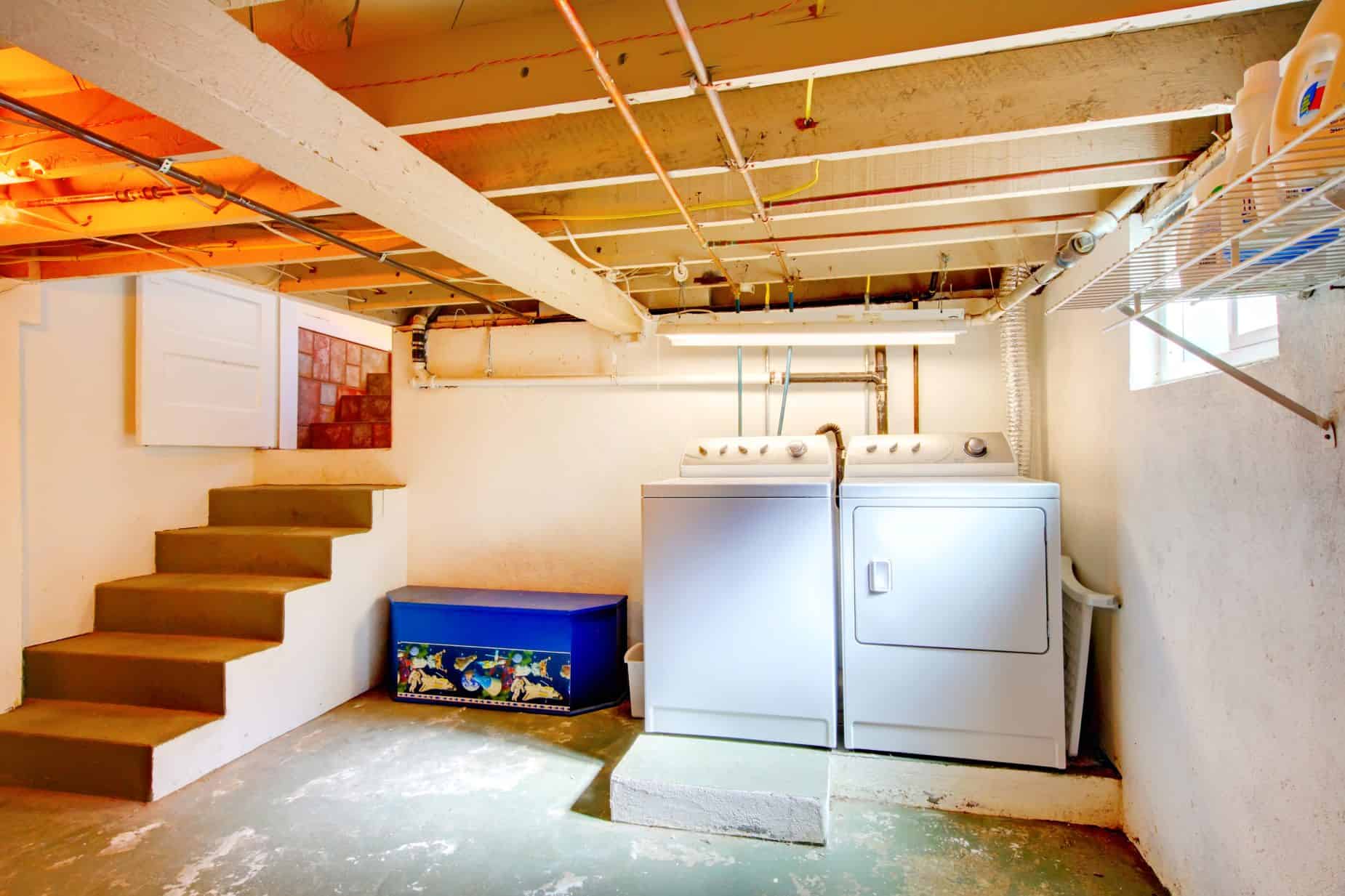

Articles
Why Is My Basement So Humid
Modified: December 7, 2023
Discover why your basement is so humid with our informative articles. Learn how to tackle the issue and create a drier and healthier environment.
(Many of the links in this article redirect to a specific reviewed product. Your purchase of these products through affiliate links helps to generate commission for Storables.com, at no extra cost. Learn more)
Introduction
Have you ever wondered why your basement feels excessively humid? High humidity levels in basements are a common issue that many homeowners face. Not only can it be uncomfortable, but it can also lead to a host of problems such as mold growth, musty odors, and damage to your belongings.
Understanding the reasons behind basement humidity is crucial in order to effectively address and prevent it. In this article, we will explore the causes of basement humidity, its effects, and the health risks associated with it. Furthermore, we will discuss various solutions and techniques to reduce basement humidity and create a healthier and more comfortable living space.
So, if you’re tired of dealing with a damp and unpleasant basement, read on to discover the root causes of humidity and how to combat it!
Key Takeaways:
- Combat basement humidity by addressing poor waterproofing, inadequate ventilation, condensation, and groundwater seepage. Protect your home, belongings, and health by implementing effective solutions.
- Reduce basement humidity with dehumidification techniques, proper ventilation, waterproofing, and insulation. Create a drier, healthier, and more comfortable living space for you and your family.
Read more: Why Is My House So Humid With The AC On
Understanding Humidity
Before we delve into the causes and solutions for basement humidity, let’s first understand what humidity is and how it affects our living spaces. Humidity refers to the amount of moisture or water vapor present in the air. It is measured using a scale called relative humidity, which expresses the amount of moisture in the air as a percentage of the maximum amount the air could hold at a specific temperature.
Humidity levels can vary depending on the climate and the time of year. In areas with hot and humid summers, such as coastal regions, the humidity can be particularly high. High humidity levels can make a space feel sticky, uncomfortable, and can promote the growth of mold, dust mites, and other allergens.
Basements, being underground structures, are naturally prone to high humidity levels. They tend to have poor ventilation and limited exposure to sunlight, creating an environment that is conducive to moisture accumulation. This excess moisture can seep through the walls and floors, causing a range of problems if not properly addressed.
It is important to note that the ideal relative humidity for a comfortable indoor environment is generally considered to be between 30% and 50%. Anything above this range can contribute to the development of issues like mold growth and musty odors.
Now that we understand the basic concepts of humidity and its impact, let’s explore the underlying causes of basement humidity and the problems it can lead to.
Causes of Basement Humidity
There are several factors that can contribute to the high humidity levels in your basement. Identifying the root cause is crucial in order to effectively address the issue. Here are some common causes of basement humidity:
- Poor Waterproofing: If your basement has inadequate waterproofing measures in place, such as cracks in the walls or floors, water can easily seep through. This water can then evaporate into the air, increasing the humidity levels.
- Lack of Proper Ventilation: Basements often lack proper ventilation, limiting the exchange of indoor and outdoor air. Without adequate airflow, moisture from activities like laundry drying, showers, or cooking can build up in the basement, leading to higher humidity levels.
- Gutter and Downspout Issues: If your gutters and downspouts are not functioning properly, rainwater can accumulate around the foundation of your home. This excess water can find its way into the basement, increasing humidity levels.
- Condensation: Condensation occurs when warm, moist air comes into contact with cooler surfaces, such as basement walls or pipes. This can happen if there is inadequate insulation or if there are cold air leaks in the basement. The condensation can contribute to elevated humidity levels.
- Groundwater Seepage: If you live in an area with a high water table, groundwater can seep through the foundation walls and floor of your basement, leading to dampness and increased humidity.
These factors can often work in combination, exacerbating the issue and making the basement even more humid. It is important to address these causes in order to effectively reduce and prevent basement humidity.
Effects of Basement Humidity
High humidity in the basement can have several detrimental effects on both your home and your health. Understanding these effects can help you recognize the importance of addressing basement humidity. Here are some common effects of basement humidity:
- Mold and Mildew Growth: Excess moisture in the basement provides an ideal breeding ground for mold and mildew. These fungi can proliferate on walls, floors, furniture, and other surfaces, leading to unsightly stains, musty odors, and potential health hazards.
- Damage to Belongings: High humidity can cause damage to items stored in the basement, such as clothing, books, photographs, and electronics. It can lead to warping, deterioration, and mold growth, rendering these items unusable.
- Structural Damage: Prolonged exposure to high humidity can weaken the structure of your basement. It can cause the deterioration of concrete, wood, and metal, leading to cracks, rot, and rust. This can compromise the integrity of your home’s foundation.
- Unpleasant Odors: Excessive moisture in the basement can create a musty and unpleasant smell. This odor can permeate throughout your home, diminishing the overall indoor air quality and making it less inviting for you and your guests.
- Increased Energy Costs: Humid air feels warmer and can make your cooling system work harder to maintain a comfortable temperature. As a result, you may experience higher energy bills due to increased energy consumption.
These effects not only impact the condition of your home but can also have adverse effects on your health and well-being. Let’s explore the health risks associated with basement humidity in the next section.
Health Risks Associated with Basement Humidity
Excessive basement humidity can pose several health risks to you and your family. The presence of mold, mildew, and other allergens can trigger respiratory issues and exacerbate existing conditions. Here are some potential health risks associated with basement humidity:
- Allergic Reactions: Mold spores and dust mites, which thrive in humid environments, can cause allergic reactions such as sneezing, coughing, watery eyes, and skin irritations. Those with pre-existing allergies or asthma may experience more severe symptoms.
- Asthma Attacks: High humidity can worsen asthma symptoms and increase the frequency of asthma attacks. Mold spores and other allergens can trigger inflammation in the airways, making it difficult to breathe and leading to wheezing and shortness of breath.
- Respiratory Infections: Damp conditions can promote the growth of bacteria and viruses, increasing the risk of respiratory infections. Breathing in these pathogens can lead to symptoms like coughing, congestion, and fever.
- Weakened Immune System: Prolonged exposure to mold and other allergens can weaken the immune system, making individuals more susceptible to infections and illnesses.
- Toxic Mold Exposure: Some types of mold, such as black mold (Stachybotrys chartarum), produce mycotoxins that can have toxic effects on the human body. These toxins, when inhaled or ingested, can cause serious health issues, including respiratory problems, neurological symptoms, and immune system suppression.
It is important to be aware of these health risks and take necessary measures to reduce basement humidity to protect both your home and your well-being.
Read more: Why Is My Basement So Hot
Solutions for Reducing Basement Humidity
Now that we understand the causes and effects of basement humidity, it’s time to explore some effective solutions for reducing and preventing it. By implementing these solutions, you can create a drier and healthier environment in your basement. Here are some recommended methods:
- Dehumidification Techniques: One of the most effective ways to reduce basement humidity is by using a dehumidifier. A dehumidifier is designed to extract moisture from the air, lowering humidity levels. Choose a dehumidifier with a capacity suitable for the size of your basement, and ensure it has a built-in humidity control that allows you to set your desired humidity level.
- Proper Ventilation: Improve the ventilation in your basement by installing vents or fans that can circulate air. This will help to remove stagnant air and reduce moisture buildup. Additionally, consider opening windows or using exhaust fans during activities that generate moisture, such as showering or cooking.
- Waterproofing the Basement: Address any water leakage or seepage issues in your basement by applying waterproofing materials to the walls and floors. Seal any cracks or gaps that may be allowing water to enter. If necessary, consult with a professional waterproofing company for a more extensive waterproofing solution.
- Insulation and Condensation Control: Proper insulation can help prevent condensation by maintaining consistent temperatures on surfaces. Insulate any exposed pipes or cold surfaces to prevent the formation of condensation. Additionally, consider using insulation on basement walls to prevent moisture transfer from the surrounding soil.
- Manage Exterior Water: Ensure that your gutters and downspouts are functioning properly to divert rainwater away from your home’s foundation. Grade the ground around your home to slope away from the foundation, preventing water from pooling near the basement walls.
- Control Indoor Moisture Sources: Be mindful of indoor activities that generate moisture, such as drying laundry indoors or using a stove without proper ventilation. Try to minimize such activities or ensure that they are adequately ventilated to prevent excess humidity in the basement.
- Regular Maintenance: Regularly inspect your basement for any signs of water damage, leaks, or existing mold growth. Address these issues promptly to prevent further moisture buildup.
By implementing a combination of these solutions, you can effectively reduce basement humidity and create a more comfortable and healthier living space. Remember, prevention is key, so be proactive in managing basement humidity to avoid the associated problems.
Make sure your basement is properly ventilated and consider using a dehumidifier to reduce humidity levels. Check for any leaks or water seepage and address them promptly.
Dehumidification Techniques
Dehumidifiers are highly effective tools for reducing basement humidity and maintaining optimal moisture levels. There are several dehumidification techniques that you can employ to effectively control humidity in your basement. Here are some options to consider:
- Portable Dehumidifiers: Portable dehumidifiers are versatile and easy to use. They are available in various sizes and capacities, making them suitable for different basement sizes. These dehumidifiers extract moisture from the air, collecting it in a removable water tank. Some models even come with built-in pumps for continuous drainage. Place the dehumidifier in the basement, ideally in a central location, for maximum coverage.
- Whole-House Dehumidifiers: If your entire home experiences high humidity levels, a whole-house dehumidifier may be a suitable option. These dehumidifiers are typically integrated with the HVAC system and help regulate humidity levels throughout the entire house, including the basement. Whole-house dehumidifiers often have larger capacities and can handle higher moisture levels.
- Desiccant Dehumidifiers: Desiccant dehumidifiers use a moisture-absorbing material called desiccant, usually in the form of silica gel or other moisture-absorbing substances. These dehumidifiers are effective in very low humidity conditions, making them ideal for basements that experience extreme fluctuations in moisture levels or during colder months. Desiccant dehumidifiers can operate at lower temperatures compared to refrigerant-based dehumidifiers.
- Professional Installation: For larger or more complex basement humidity issues, it may be necessary to consult with a professional. An experienced contractor can assess your specific situation and recommend a dehumidification system tailored to your basement’s needs. They can ensure proper installation and provide ongoing support and maintenance.
When selecting a dehumidifier, consider factors such as the size of your basement, the humidity levels, and the moisture sources. Look for options with adjustable humidity settings, automatic shut-off features, and energy-efficient operation. Regularly empty and clean the water tank to prevent mold or bacterial growth. Additionally, monitor and adjust the humidity settings based on the outdoor conditions and your comfort preferences.
Remember that while dehumidifiers can effectively reduce humidity levels, it is also important to address underlying causes such as poor ventilation and water intrusion. By combining dehumidification techniques with other solutions discussed earlier, you can create a well-rounded approach to control basement humidity and create a more comfortable living environment.
Proper Ventilation
Proper ventilation is essential for reducing basement humidity and maintaining good air quality. By increasing airflow and promoting the exchange of indoor and outdoor air, you can effectively control moisture levels and prevent the buildup of humidity. Here are some strategies to improve ventilation in your basement:
- Natural Ventilation: Take advantage of natural ventilation by opening windows and doors when weather conditions permit. This allows fresh air to circulate through the space and helps remove stagnant air. Position fans strategically to facilitate air movement and improve cross-ventilation.
- Mechanical Ventilation: Install mechanical ventilation systems, such as exhaust fans or ventilation ducts, specifically designed for basement spaces. These systems help draw out moist air and introduce fresh air from outside. Place exhaust fans near areas where moisture is commonly generated, such as the laundry room, bathroom, or kitchenette.
- Dehumidifier with Continuous Drainage: Some dehumidifiers, particularly whole-house dehumidifiers, can be connected to the existing HVAC system to distribute dehumidified air throughout the home. This integrated system helps maintain proper ventilation while controlling humidity levels in the basement and other areas of the house.
- Air Purifiers: Consider using air purifiers with built-in fans and HEPA filters to improve air circulation and remove potential allergens and pollutants. While air purifiers do not directly address humidity, they contribute to overall indoor air quality and can complement the ventilation efforts in your basement.
- Ventilation Upgrades: If your basement lacks windows or has inadequate airflow, you may need to make ventilation upgrades. Consult with a professional contractor to evaluate the feasibility of installing additional windows, vents, or ductwork to improve air circulation and ventilation in your basement.
Remember to balance ventilation with energy efficiency. While it is essential to introduce fresh air, it is equally important to minimize energy loss. Ensure that the insulation in your basement walls and ceilings is properly installed to prevent drafts and maintain an energy-efficient space.
Proper ventilation not only helps control basement humidity but also contributes to a healthier indoor environment. By reducing moisture and improving air circulation, you can prevent the growth of mold and mildew and reduce the likelihood of respiratory problems and other health concerns.
Waterproofing the Basement
To effectively reduce basement humidity, it is imperative to address any water intrusion or leakage issues. Waterproofing your basement is a crucial step in preventing moisture from entering the space. By properly waterproofing the basement, you can create a dry and protected environment. Here are some techniques and strategies for waterproofing your basement:
- Inspect for Existing Issues: Begin by thoroughly inspecting your basement for any signs of water intrusion, such as damp spots, water stains, or visible cracks. Identify the source of the water and determine the extent of the damage.
- Seal Cracks and Gaps: Seal any visible cracks and gaps in the walls, floors, and foundation using an appropriate sealant or waterproofing compound. This will help prevent water from seeping into the basement.
- Exterior Waterproofing: Consider applying a waterproof membrane or coating to the exterior walls of your basement. This can provide an additional layer of protection against water infiltration. It is best to consult with a professional contractor who specializes in exterior waterproofing.
- Interior Waterproofing: Interior waterproofing involves applying waterproof coatings or sealants to the interior basement walls. Additionally, installing a drainage system, such as a French drain or a sump pump, can help effectively manage and redirect water away from the basement.
- Improving Drainage: Ensure that the grading around your home slopes away from the foundation. This helps to divert rainwater and prevents it from pooling near the basement walls. Clean and maintain your gutters and downspouts to ensure they are functioning properly and directing water away from your foundation.
- Professional Waterproofing: If you are dealing with extensive water intrusion or require a comprehensive waterproofing solution, it is advisable to consult with a professional waterproofing company. They can assess the specific needs of your basement and recommend the most suitable waterproofing techniques.
Remember, waterproofing is not a one-time fix. Regular maintenance is essential to ensure the continued effectiveness of your waterproofing measures. Inspect your basement periodically for any signs of water damage or leakage and address them promptly to prevent further issues.
Properly waterproofing your basement is a proactive approach to combatting moisture and reducing basement humidity. By creating a barrier against water intrusion, you can significantly reduce the risks of mold growth, structural damage, and high humidity levels in your basement.
Insulation and Condensation Control
Insulation and condensation control are crucial factors in reducing basement humidity and preventing moisture-related issues. By properly insulating your basement and effectively managing condensation, you can maintain optimal moisture levels and create a more comfortable living space. Here are some strategies:
- Insulate Walls and Floors: Insulating the walls and floors of your basement helps regulate temperature and prevent condensation. Use insulation materials such as foam board or fiberglass batts to create a thermal barrier. This helps prevent the transfer of moisture and heat between the basement and the surrounding soil.
- Insulate Pipes and Cold Surfaces: Cold pipes and surfaces are more prone to condensation. Insulate exposed pipes and any other cold surfaces in your basement to prevent condensation formation. Use pipe insulation sleeves or wrap them with insulation tape to maintain warmer surface temperatures and reduce moisture accumulation.
- Seal Air Leaks: Air leaks can introduce additional moisture into your basement. Inspect for any gaps or cracks in the walls, windows, doors, and ceiling and seal them with caulking or weatherstripping. This prevents warm, humid air from entering the basement and causing condensation on cooler surfaces.
- Maintain Proper HVAC System: Ensure that your heating, ventilation, and air conditioning (HVAC) system is properly sized and functioning efficiently. A well-maintained HVAC system helps regulate temperature and humidity levels throughout your home, including the basement. Regularly replace air filters to maintain good air quality and prevent excess moisture buildup.
- Use Dehumidifiers: Supplement your insulation efforts with dehumidifiers. Dehumidifiers effectively remove excess moisture from the air, reducing the risk of condensation. Place them strategically in areas prone to humidity, such as near the washing machine or in the corner of the basement.
- Monitor and Control Moisture Sources: Be mindful of activities that generate moisture, such as cooking, showering, or drying clothes indoors. Use exhaust fans, open windows, or consider moving these activities to a well-ventilated area. Avoid hanging wet laundry in the basement, as it can introduce excessive moisture into the space.
By implementing these insulation and condensation control techniques, you can effectively reduce basement humidity and minimize the risk of mold growth, water damage, and other moisture-related problems. The combined efforts of insulation, sealing air leaks, and managing condensation contribute to a drier and more comfortable basement environment.
If you are unsure about the appropriate insulation methods or need assistance with HVAC system maintenance, consider consulting with a professional contractor or insulation specialist. They can guide you in selecting the right materials and techniques for your basement and help ensure effective moisture control.
Conclusion
Dealing with a humid basement can be frustrating and lead to a range of problems, including mold growth, damage to belongings, and health risks. However, by understanding the causes of basement humidity and implementing effective solutions, you can create a drier, healthier, and more comfortable living space.
In this article, we have explored the various factors that contribute to basement humidity, such as poor waterproofing, lack of proper ventilation, condensation, groundwater seepage, and more. We have also discussed the effects of basement humidity, including mold growth, damage to belongings, structural damage, and increased energy costs.
It is crucial to be aware of the health risks associated with basement humidity, ranging from allergies and asthma exacerbation to respiratory infections and exposure to toxic mold. These health risks highlight the importance of addressing basement humidity promptly and effectively.
To reduce basement humidity, we have discussed several solutions, including dehumidification techniques, proper ventilation, waterproofing the basement, and insulation and condensation control. By implementing these strategies, you can effectively manage moisture levels, prevent mold growth, and create a healthier and more comfortable basement environment.
Remember, prevention is key. Regular maintenance and monitoring of your basement, along with proactive measures, can help you address and prevent basement humidity issues before they become more serious. Consult with professionals when necessary, such as waterproofing contractors or insulation specialists, to ensure you are implementing the most appropriate solutions for your specific situation.
In conclusion, by understanding the causes and effects of basement humidity and implementing the appropriate solutions discussed in this article, you can transform your damp and uncomfortable basement into a dry, pleasant, and usable space. Take the necessary steps to reduce basement humidity and create a healthier living environment for you and your family.
Frequently Asked Questions about Why Is My Basement So Humid
Was this page helpful?
At Storables.com, we guarantee accurate and reliable information. Our content, validated by Expert Board Contributors, is crafted following stringent Editorial Policies. We're committed to providing you with well-researched, expert-backed insights for all your informational needs.
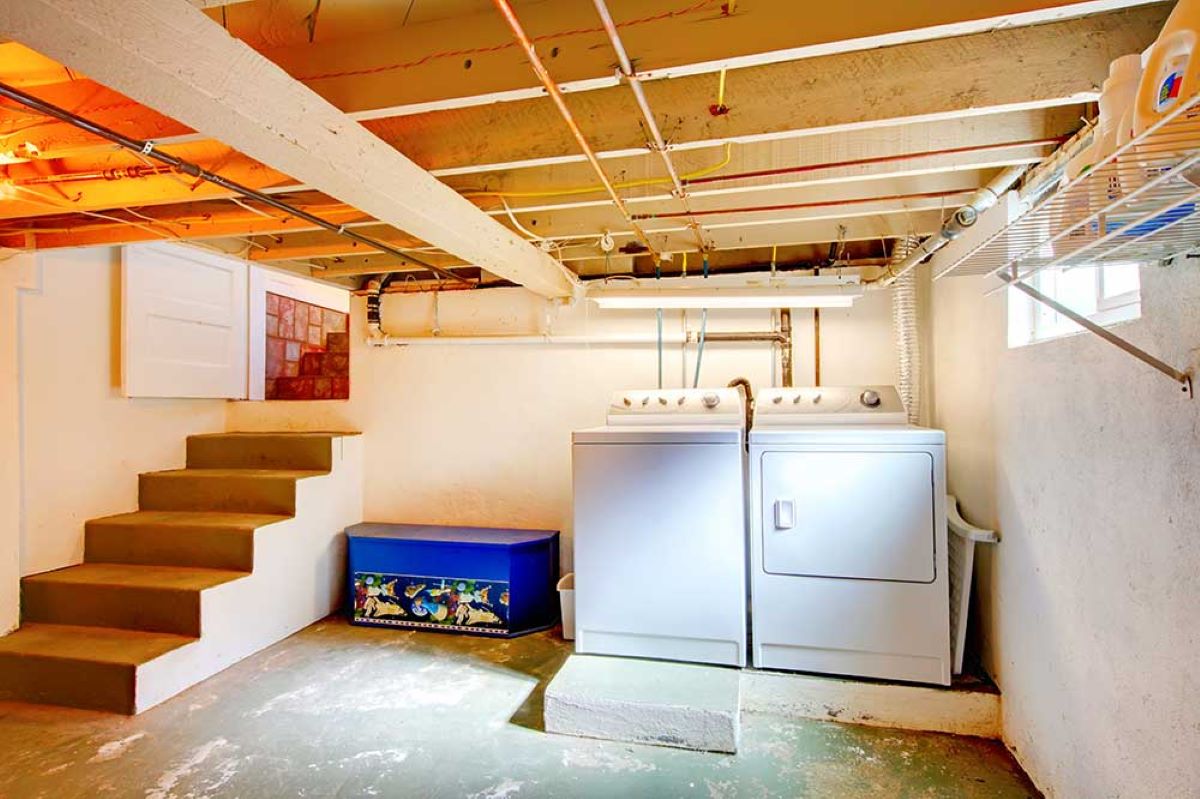
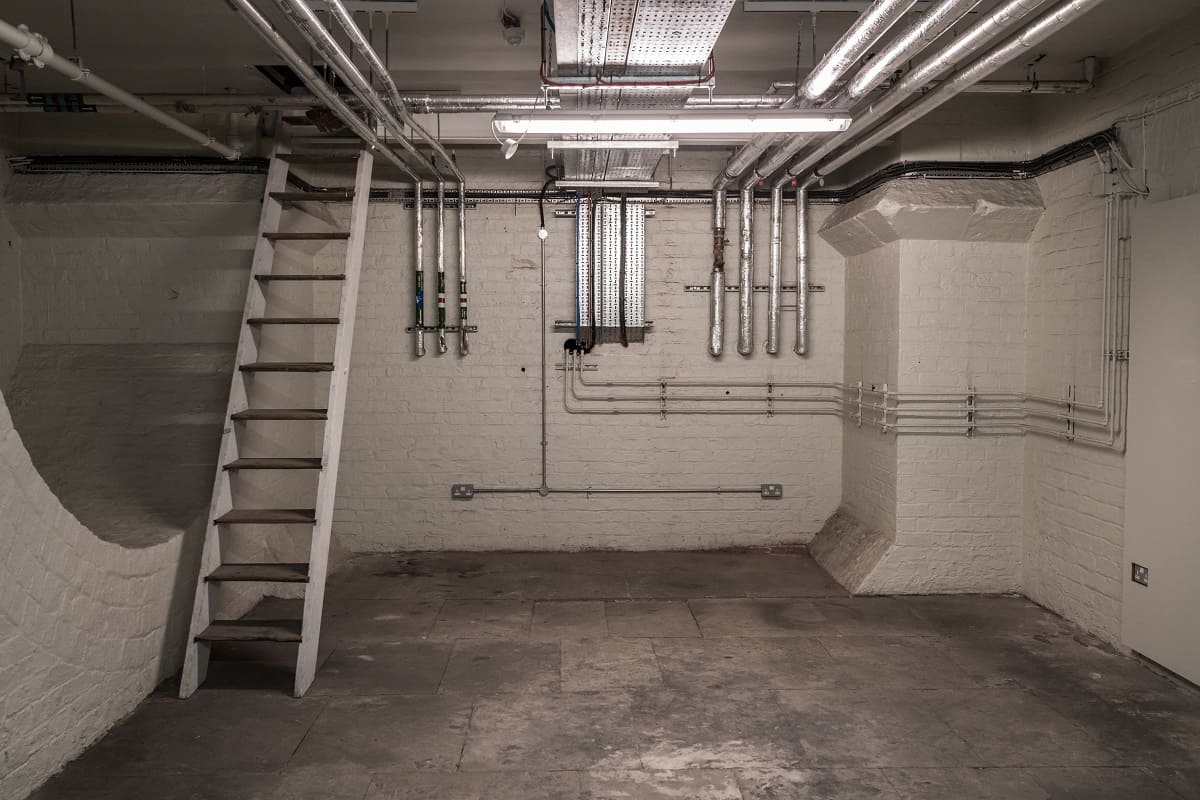

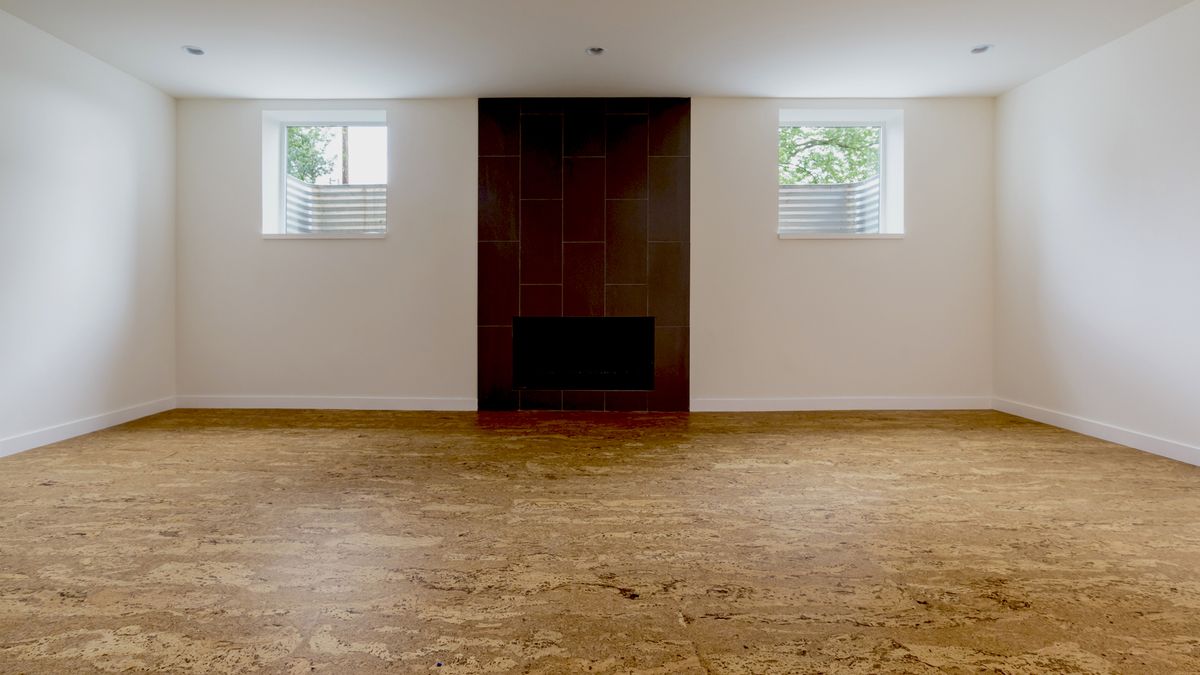
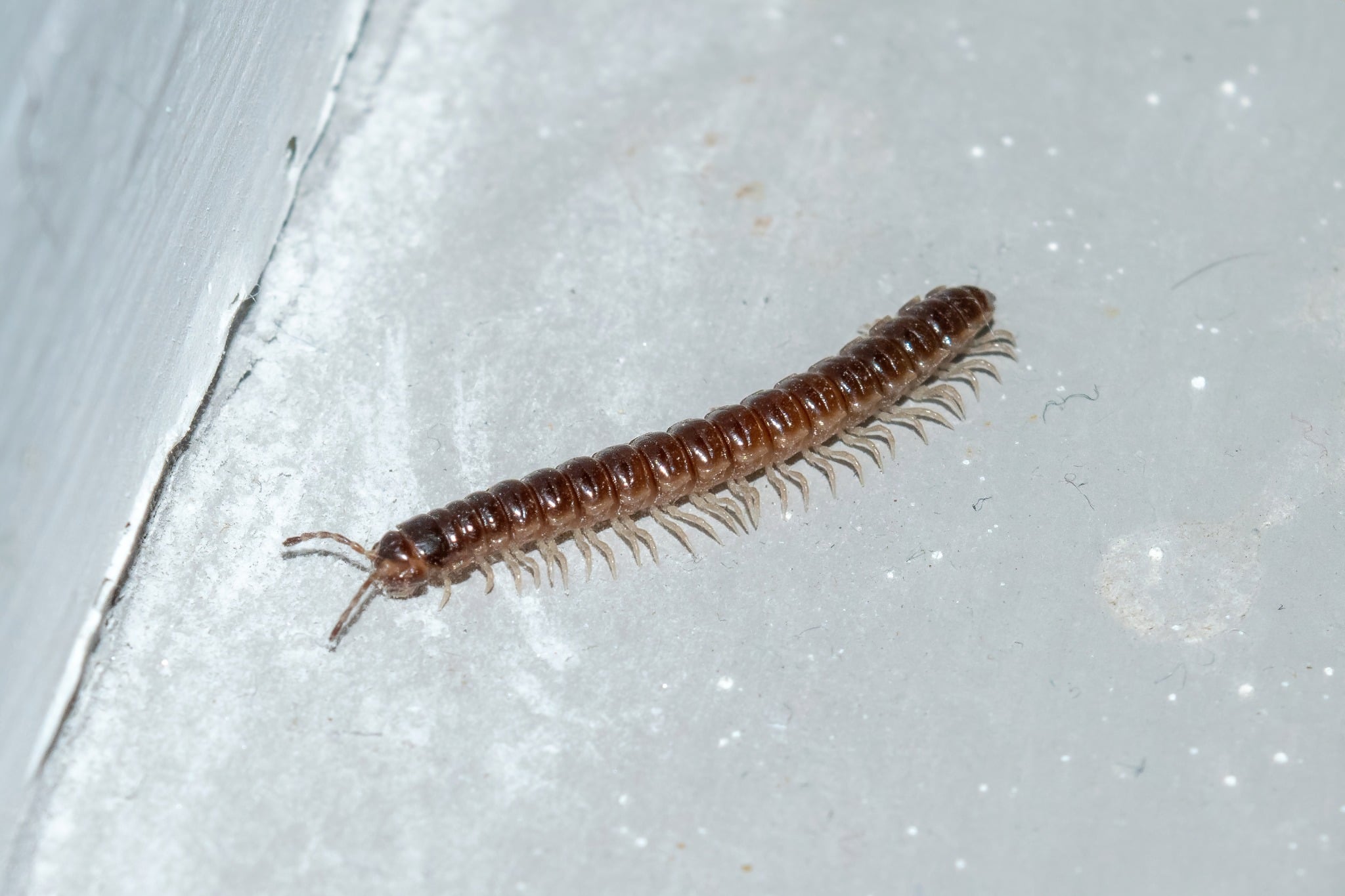
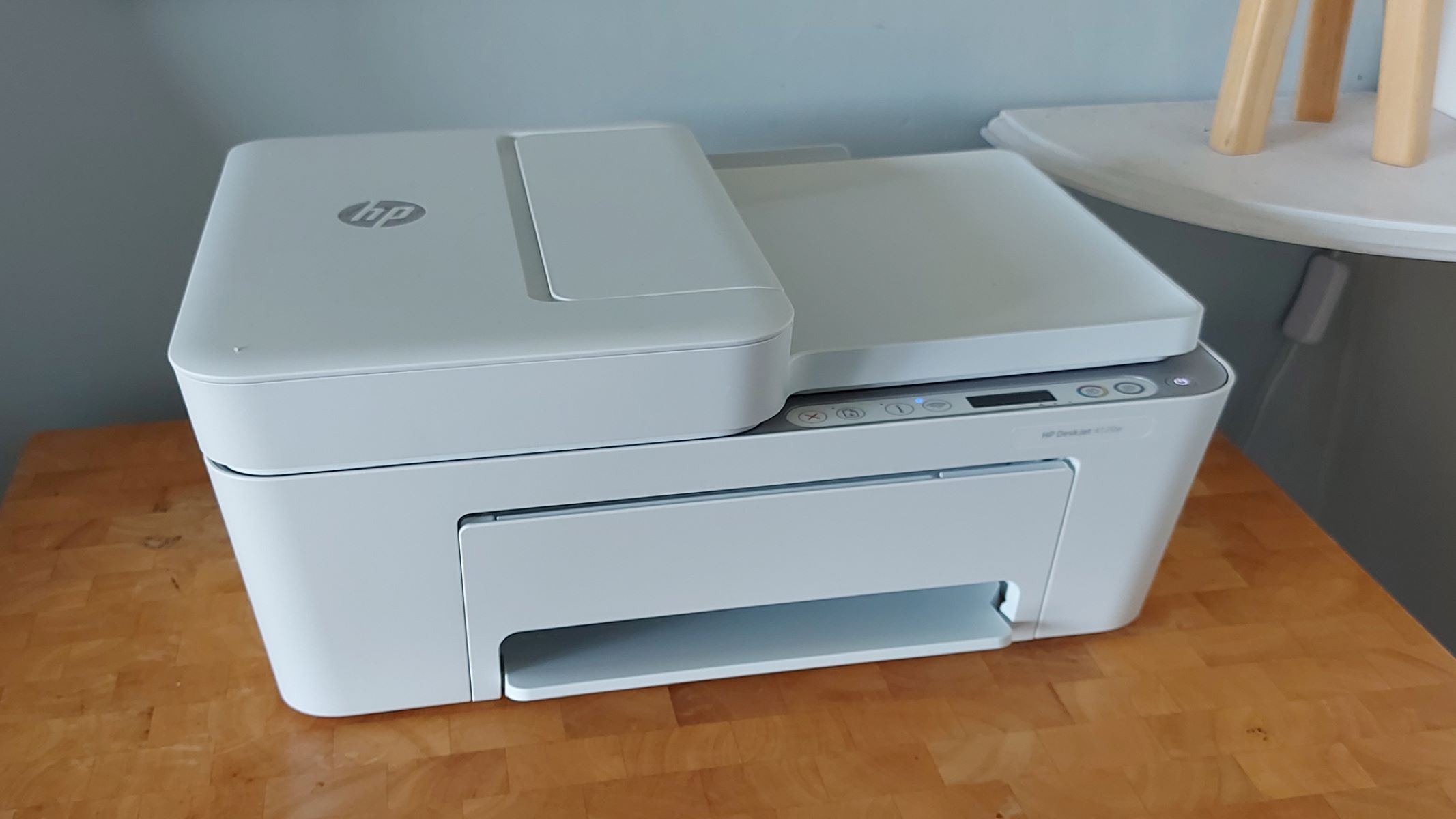
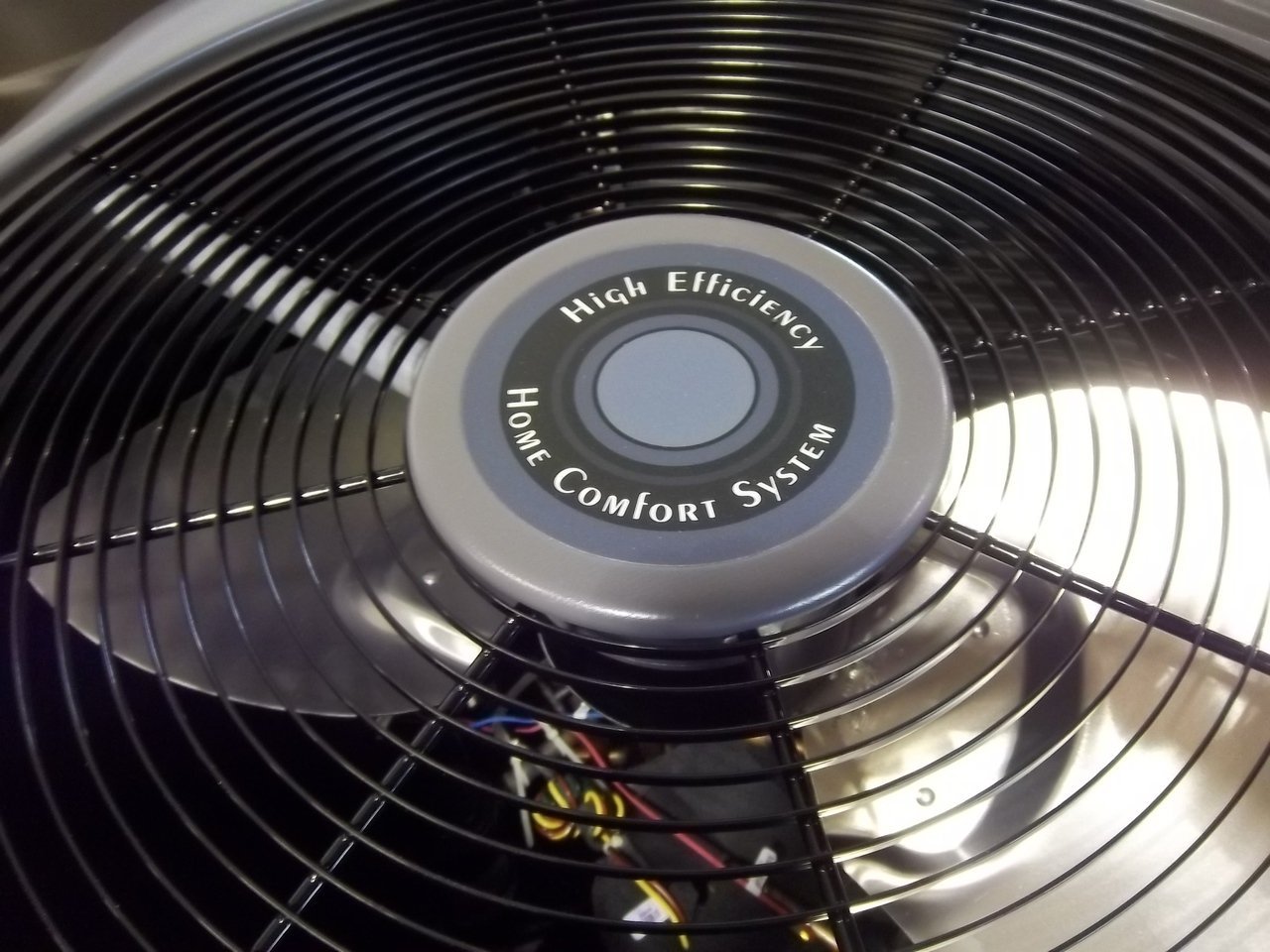

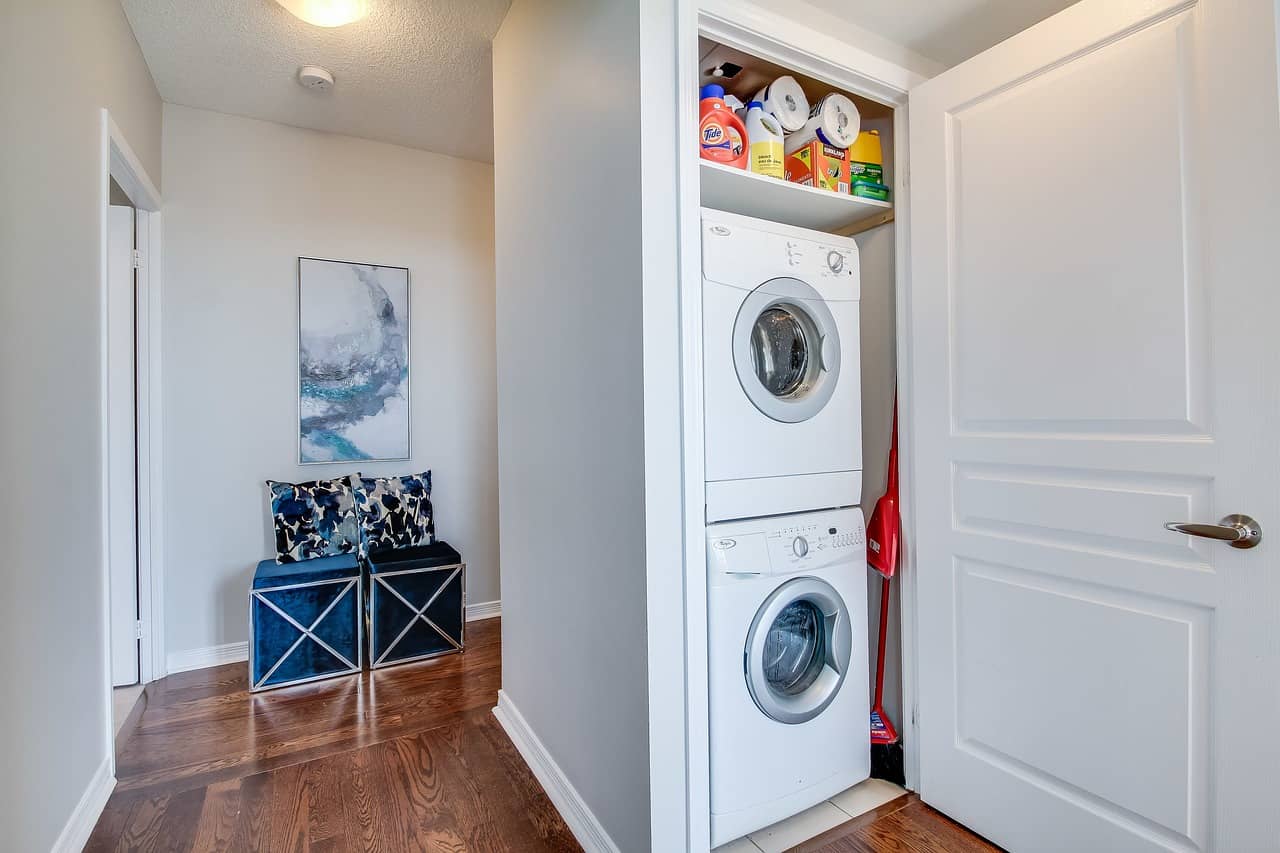
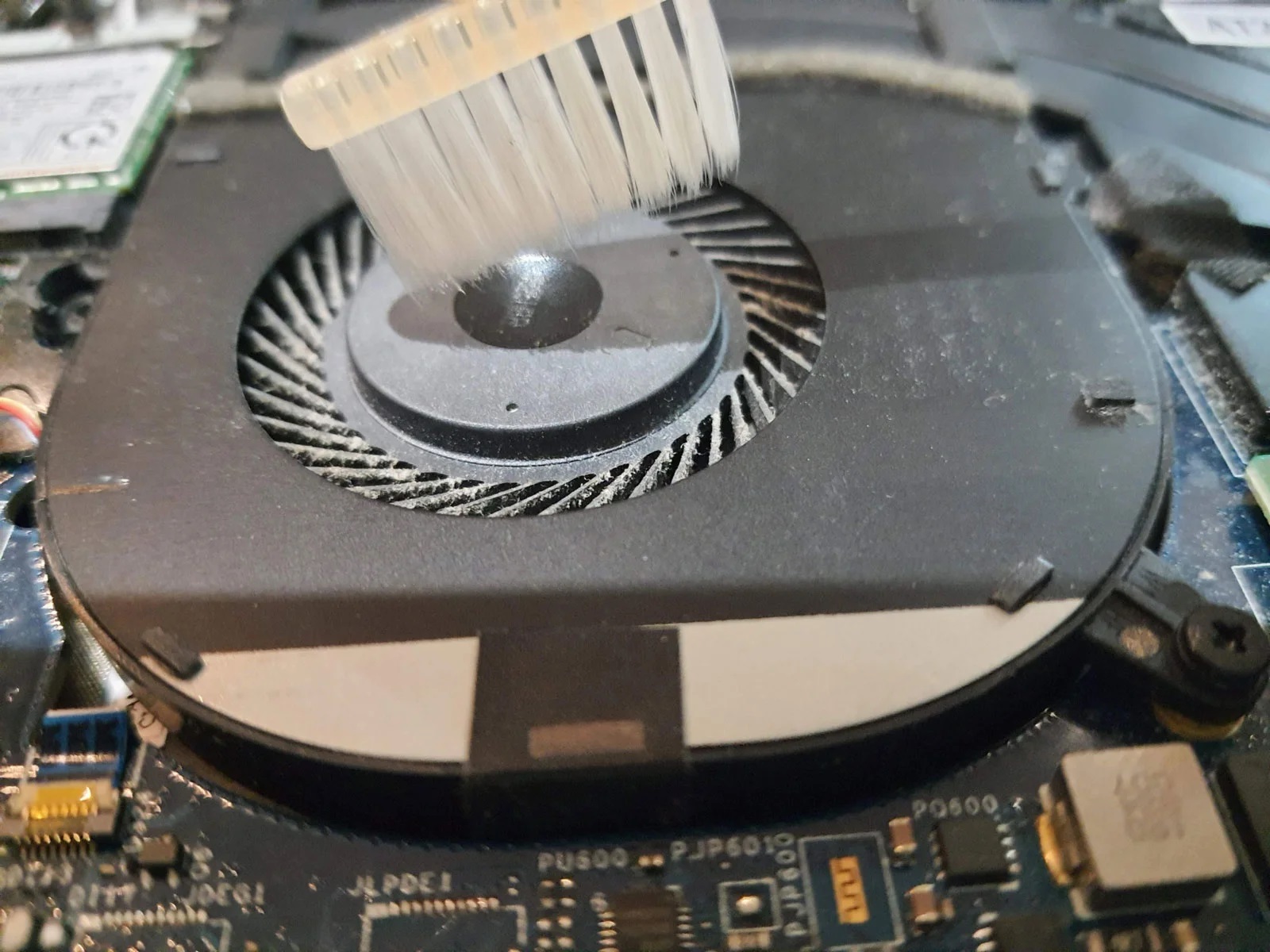

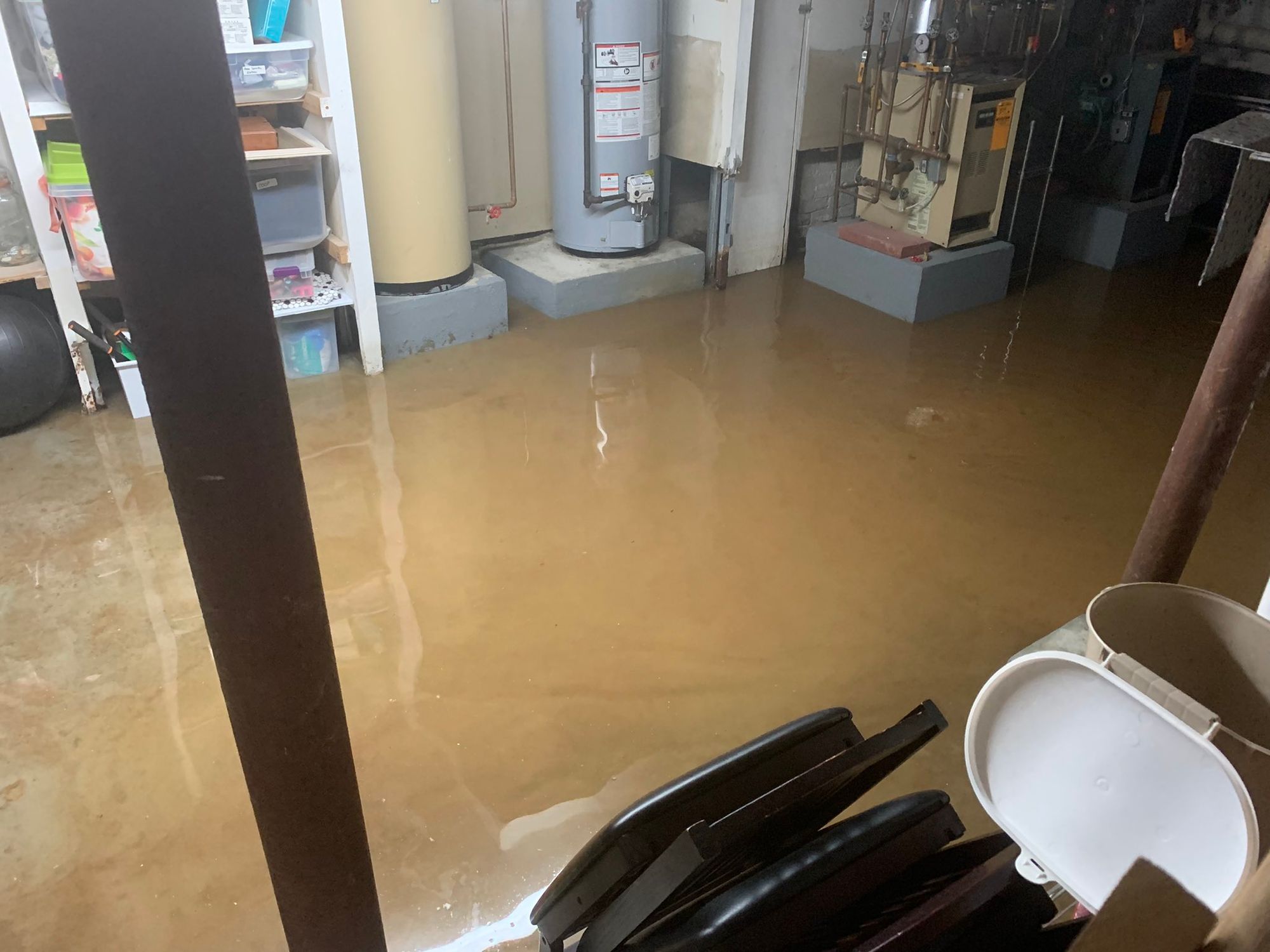
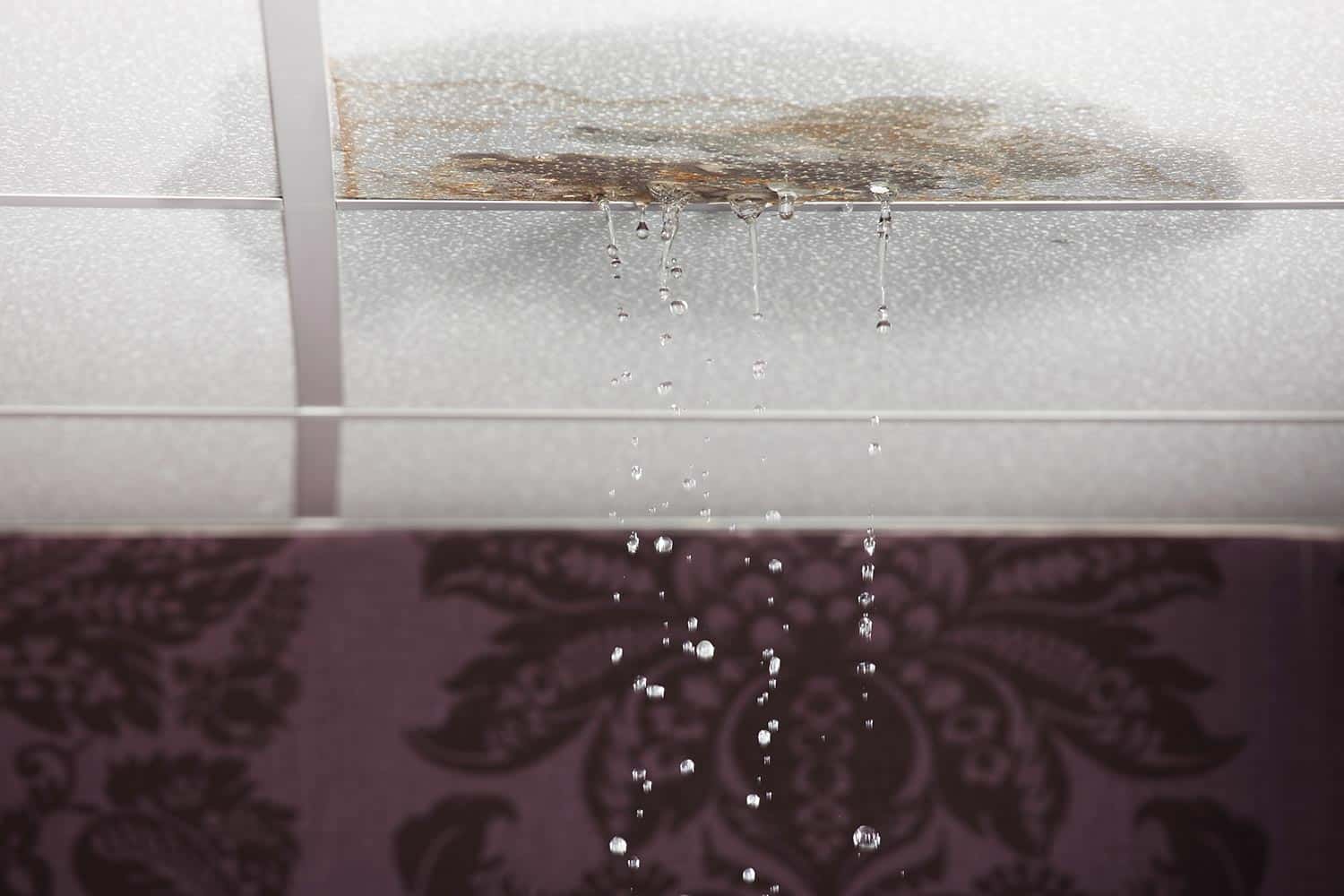

0 thoughts on “Why Is My Basement So Humid”